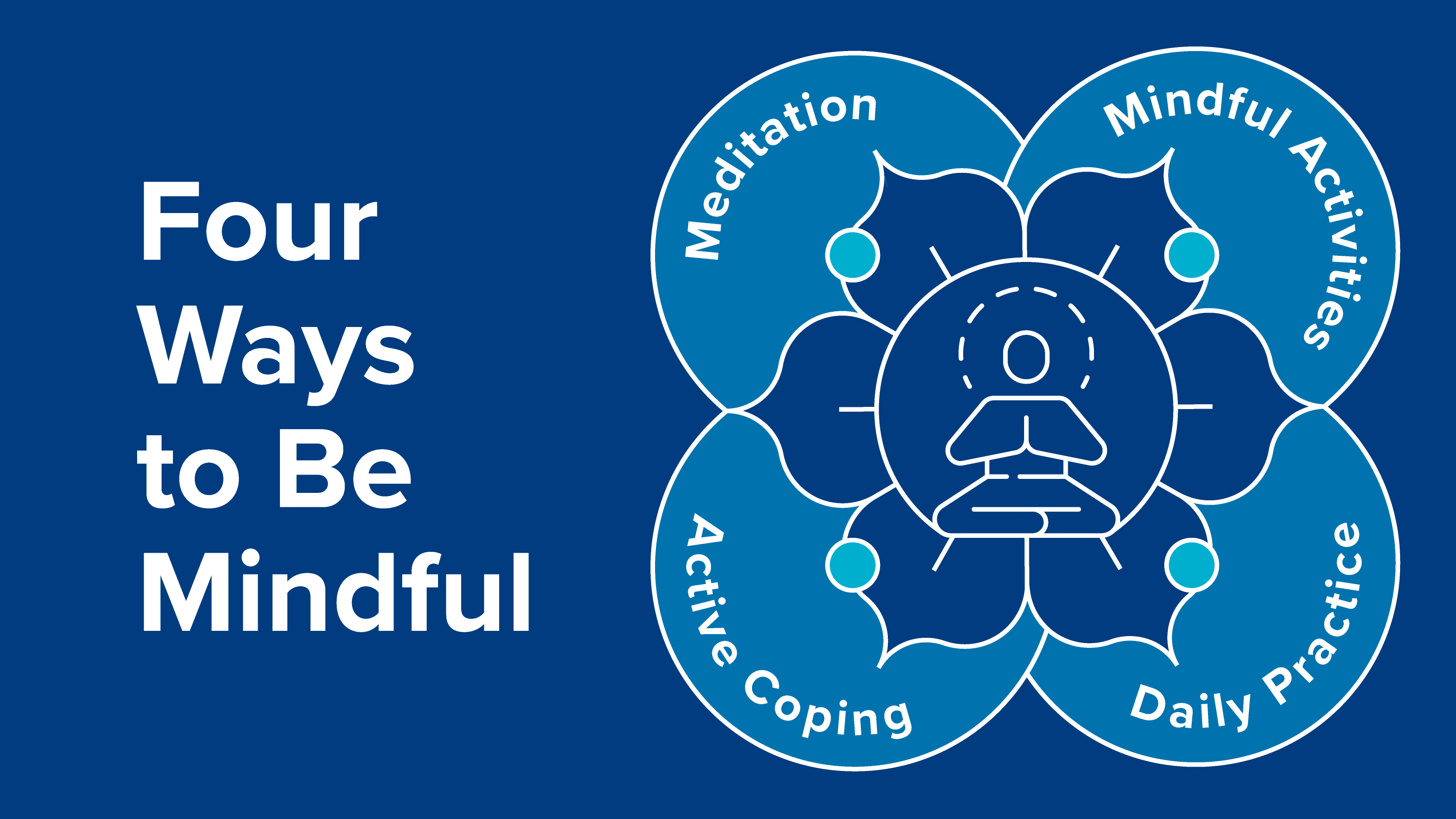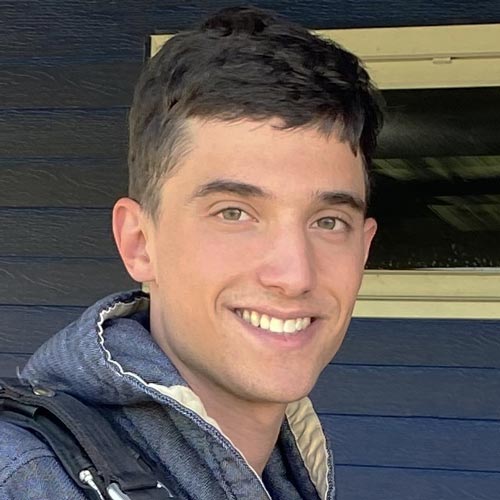Four Ways to Start Your Mindfulness Journey
While tending to your mental health often requires a tailored approach, there are identified practices that have worked for people regardless of individual circumstances. One of those practices is mindfulness. In this post, SAP member Jake Schachter talks about his research on mindfulness, how it helped him, and how you can implement it for mental wellness.
Last summer, I got involved with research for the first time. As a psychology student, the first thing you always get asked is if you are going to become a counselor, so it was really cool to see that there was another option for me that I thoroughly enjoyed. I had the privilege of working with a faculty advisor who gave me the freedom to choose a topic, and I picked mindfulness because it had helped me deal with my own anxiety. Plus, I wanted to pair it with something relevant—the COVID-19 pandemic.
Mindfulness is an approach that centers on using breathing techniques and mental focus to pay attention to the present moment. It can take a variety of forms, including yoga, meditation, and more. It’s often used as a way to reduce rumination, which is where a person dwells on the past or the future in a way that can cause anxiety and self-judgment. As I started researching for this project, I learned that levels of depression have skyrocketed since the start of the pandemic, and young adults may be especially vulnerable due to frequent social media use, loss of in- person educational opportunities, disruption of lifestyle, and social isolation. Those who use more active coping mechanisms, like being mindful, end up having better outcomes than those who ruminate on what life was like before the pandemic and speculate about what it’s going to mean for the future.
Introducing mindfulness interventions can be a tremendous help to young adults (which is what I’m working on for my next project), but there are also plenty of ways for people to practice mindfulness on their own.
Here’s four ways to be mindful:
Meditation: There are plenty of mindfulness meditation apps like HeadSpace or Calm that you can join for free and listen to prerecorded videos by trained instructors. You can also attend meditation groups at your school, join a Buddhist temple, or go on a meditation retreat. There are plenty of books you can read on mindfulness and meditation; I’ve read ones by famous practitioners like Thich Nhat Hanh and Pema Chodron. I would also recommend searching for loving-kindness meditations, where you focus on sending goodwill and kindness to yourself and others.
Mindful activities: I started really diving into my mindfulness journey by being in nature. Going on hikes or sitting underneath trees are great ways to clear your head. If you’re under a lot of stress, sometimes it can be really helpful just to activate your senses: savoring a sweet treat or sticking your hands in cold water. I found it helpful to engage in activities that required my full attention, such as playing sports or doing something creative. If you need something more organized or formal, Jon Kabat-Zinn, the founder of Mindfulness-Based Stress Reduction, recommends a variety of exercises like hatha yoga, tai chi, and body scan meditation. I would recommend doing a bit of your own research before you get started.
Alternative active coping mechanisms: The latest research on the pandemic stresses the importance of showing self-compassion. Dr. Kristin Neff, one of the pioneers in this field, offers valuable insight online on changing critical self-talk. Another important tool that has been emphasized in recent years is seeking out social support. Connection and belonging are critical for young people’s mental health.
Practice, practice, practice: As you go throughout your day, pause and notice when there are times you feel anxious and return to your breath. A few skills I picked up along the way are labeling my thoughts (e.g., “That’s fear talking”) or observing my five senses. A simple way to incorporate mindfulness into your daily life is creating a routine. Start off with five minutes of meditation each day then work your way up. At night before you go to sleep, do something to calm your mind like having a warm cup of tea or creating a gratitude list. You can also practice being mindful while doing your daily chores like washing the dishes or folding laundry.
Remember, you are not alone, and you have the tools to use mindfulness to move toward better mental health.


Post written by SAP member Jake Schachter.






